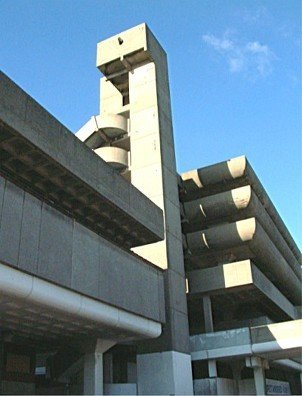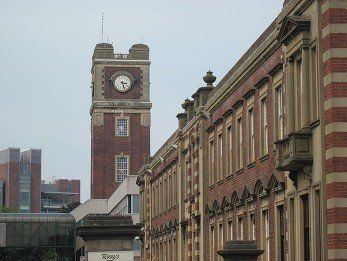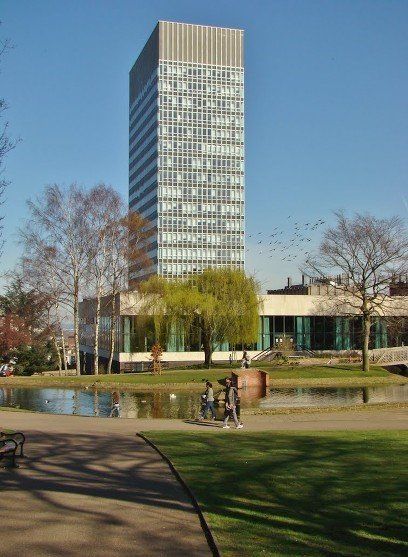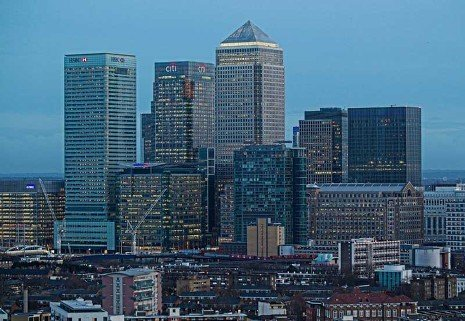As pure sculptures some modern architecture looks impressive. A minature version of the now-demolished Tricorn centre in Portsmouth would work as an exhibit in the Tate Modern, but in the townscape of Portsmouth it was a disaster that has now been thankfully removed.
A second problem with modern architecture is that it relies on 'newness' to be impressive. It was, and often still is, designed to be a complete contrast with existing architecture, to represent some march into the space-age or whatever. The trouble is that much of it just isn't particularly nice to look at and some of it is downright awful. The 'newness' quickly fades once people have got over the shock value and start to realise what an actual eyesore these buildings are. Also, if whole city centres are built with this 'new' architecture then there isn't very much 'old' architecture with which to be a contrast to.
Blobs and snazzy cubes are all the rage today but, like the earlier modernist glass stumps and concrete turds, if a building relies on newness and shock value to impress then once the newness and shock value fades, as inevitably it will, then the total lack of actual beauty becomes all too apparent.







